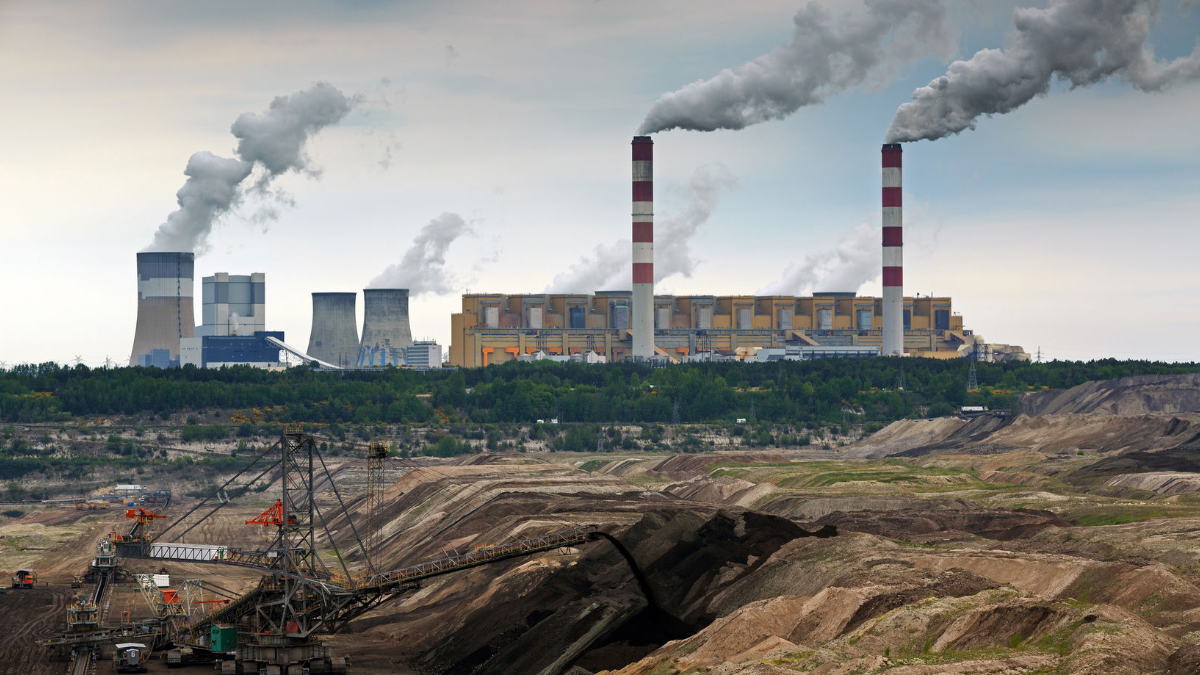The Kemper County, Miss., power plant, once heralded as the future of clean coal, has become the poster child for its struggles.
Over-budget and mired in technical problems, the Southern Company, Kemper’s builder, recently announced that it’s giving up on the plant’s advanced coal-gasification systems. Instead, the plant will be powered solely by natural gas.
Renewable energy advocates and climate hawks had been expecting the announcement for months and reacted with predictable derision and high-fiving. But their gloating is foolish.
If they really care about tackling climate change—as they claim—critics should be deeply concerned about Southern’s failure to successfully commercialize Kemper’s clean-coal technology. Because despite Kemper’s woes, the carbon capture and storage technology it was developing remains absolutely essential to reducing global carbon dioxide emissions.
Unfortunately, the renewables-or-nothing crowd seems uninterested in a thoughtful or sober analysis of the world’s current and future energy needs. Activists point to coal’s retreat in the United States, massive wind and solar subsidies in Germany, and renewable energy investments in China and India and conclude that the world’s clean energy challenges can be met through political will, rather than technology. They couldn’t be more wrong.
Despite Germany’s massive renewables effort, which has helped push household electricity prices to record highs, 40 percent of Germany’s electricity is still generated with coal. The growth of solar power in India is encouraging, but it remains a subplot in a nation still scrambling to bring hundreds of millions out of crippling energy poverty. And China’s gargantuan investments in wind and solar technology are coming on top of additional investments in coal, not in place of it.
As The New York Times reported recently, China’s energy companies are building or planning to build more than 700 new coal-fired power plants both at home and overseas. China already burns more coal than the rest of the world combined.
Indeed, according to a Berlin-based environmental group, some 1,600 new coal plants are either under construction or planned around the world right now. In most countries, coal—abundant, cheap and reliable—remains the fuel of choice for electricity generation.
Fossil fuels are here to stay. So if the world is to reduce emissions, it’s going to take more Kemper projects and major breakthroughs in carbon capture and storage, even if the initial projects come up short.
If you think carbon capture is simply a Republican talking point, consider that both of President Obama’s energy secretaries are strong proponents of the technology. While in office and while writing and researching at MIT, Secretary Ernest Moniz argued that it was vital to any effort to reduce emissions. His predecessor, Steven Chu, left government and joined the board of a company working to perfect carbon capture and storage. What Secretaries Chu and Moniz understand is that meeting the climate challenge will require not only providing low-emissions technology for the next generation of power plants but also reduced emissions from plants already operating.
Carbon capture isn’t just a necessity for power production; it’s also critically important for manufacturing. Cement manufacturing alone accounts for roughly 5 to 6 percent of total CO2 emissions worldwide.
Despite Kemper’s well-publicized problems, other carbon capture projects are working. The Petra Nova plant in Houston and the Boundary Dam plant in Saskatchewan, Canada, are up and running successfully. Companies like ExxonMobil are working on other approaches to CCS that treat the captured carbon not as a waste product, requiring disposal, but as a fuel for generating additional electricity. International projects abound as well.
Dozens of different approaches to carbon capture and storage are under development around the world. All that is needed is for one to prove cost-effective, scalable and replicable.
Carbon taxes and climate treaties are worthless without the technology needed to ensure affordable, reliable and low-emissions power generation.
So don’t celebrate Kemper’s failure. It’s only a speed bump, not an insurmountable barrier, on the road to clean coal.











